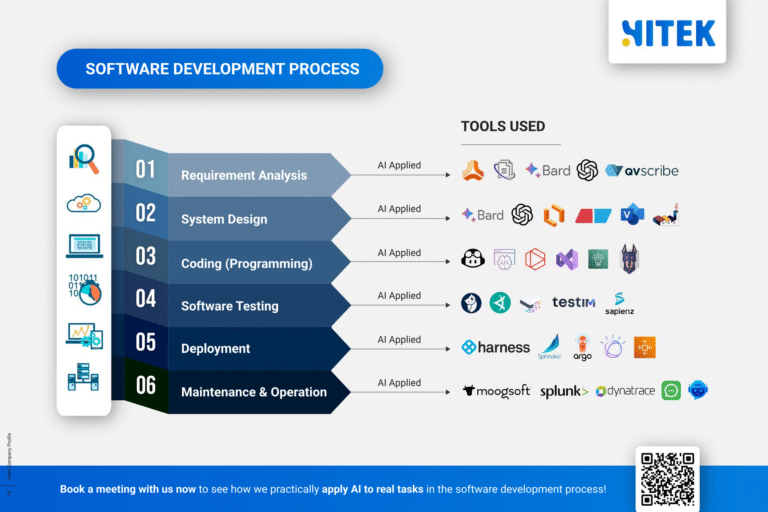Cloud software development is transforming how businesses in Australia build, deploy, and scale applications. Unlike traditional on-premise solutions, cloud-based development leverages remote servers, enabling faster innovation, cost efficiency, and global accessibility. But what exactly does it entail, and why should Australian companies care?
In this guide, we’ll discuss cloud software development, its key benefits, and how businesses across Australia—from Sydney startups to Melbourne enterprises—can harness its power.
Contents
ToggleUnderstanding Cloud Software Development
Cloud software development refers to creating applications that run on cloud infrastructure rather than local servers. These apps are hosted on Amazon Web Services (AWS), Microsoft Azure, or Google Cloud, allowing seamless scalability, remote collaboration, and reduced hardware costs.
Key Characteristics of Cloud-Based Development:
- Remote Hosting: Applications operate on third-party servers.
- On-Demand Scalability: Resources adjust based on user demand.
- Pay-as-You-Go Pricing: Businesses only pay for what they use.
- Global Accessibility: Teams can collaborate from anywhere.
Why Australian Businesses Are Moving to the Cloud
Australia’s tech landscape is rapidly adopting cloud solutions, driven by several advantages:
1. Cost Efficiency
Eliminating the need for physical servers reduces capital expenditure. Start-ups and SMEs, in particular, benefit from the low upfront costs of cloud platforms.
2. Scalability & Flexibility
Whether you’re a Brisbane-based e-commerce store preparing for holiday traffic or a Perth SaaS company expanding globally, cloud infrastructure scales effortlessly.
3. Enhanced Security
Leading cloud providers invest heavily in cybersecurity, offering better protection than many on-premise setups. For example, AWS’s compliance with Australian data laws ensures data sovereignty.
4. Faster Development Cycles
Cloud-native tools like Docker and Kubernetes streamline deployment, helping developers push updates quicker.
Cloud Development Models: Which One Fits Your Business?
| Model | Description | Best For |
|---|---|---|
| Public Cloud | Shared infrastructure (e.g., AWS, Azure) | Startups, scalable web apps |
| Private Cloud | Dedicated cloud for a single organization | Enterprises with strict compliance needs |
| Hybrid Cloud | Mix of public and private clouds | Businesses balancing flexibility & security |
Most Australian companies opt for public or hybrid clouds, depending on their data sensitivity and budget.
Challenges & Considerations
While cloud adoption is growing, businesses should be aware of:
- Data Privacy Laws: Australia’s Privacy Act mandates strict data handling.
- Internet Reliability: Rural areas may face connectivity issues.
- Vendor Lock-In: Migrating between providers can be complex.
The Future of Cloud Development in Australia
With advancements in AI, edge computing, and serverless architecture, cloud development is set to dominate Australia’s tech future. Companies like Atlassian and Canva have already leveraged cloud-native strategies for global success.
Ready to Embrace Cloud Development?
If your business hasn’t yet transitioned, now’s the time. Explore Microsoft Azure’s free tier or AWS’s startup programs to test the waters.
Final Thoughts
Cloud software development isn’t just a trend—it’s the new standard for innovation. Whether you’re a Sydney fintech or an Adelaide agritech firm, leveraging the cloud can drive efficiency, security, and growth.
Are you thinking of migrating to the cloud? Consult a certified AWS partner in Australia to tailor a solution for your needs.









